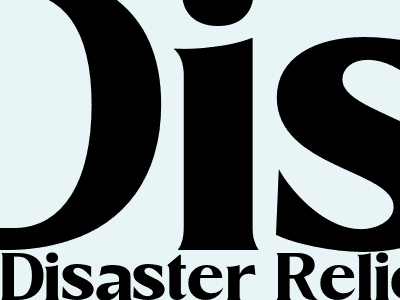
Disaster Relief: A Comprehensive Guide
Definition and Types of Disasters
Disaster relief refers to the coordinated efforts to provide assistance to communities and individuals affected by natural or man-made catastrophes. Natural disasters, such as earthquakes, hurricanes, floods, and wildfires, are often characterized by their sudden onset and widespread impact. Man-made disasters, on the other hand, such as technological accidents, terrorist attacks, and war, may be deliberate or result from human error.
Disasters can be categorized based on their severity, scale, and potential consequences. Major disasters require significant external assistance, disrupt critical infrastructure, and result in numerous casualties. Regional disasters, while impacting a smaller geographic area, still require a substantial response and coordination among multiple agencies.
Disaster Preparedness and Mitigation
Disaster preparedness involves proactive measures taken before a disaster strikes to reduce its potential impact. These include risk assessment, early warning systems, evacuation plans, and public education campaigns. Disaster mitigation focuses on reducing the vulnerability of communities and infrastructure to potential hazards. Examples include building codes, flood control systems, and wildfire prevention measures.
Role of Local, State, and Federal Governments in Disaster Relief
Disaster relief operations involve a coordinated response from all levels of government. Local governments typically serve as first responders, coordinating emergency services, providing immediate assistance to victims, and assessing the extent of damage. State governments provide support to local responders, mobilize resources, and request federal aid if necessary.
The federal government plays a significant role in large-scale disaster relief, providing financial assistance, deploying specialized personnel and equipment, and coordinating recovery efforts across multiple states. The Federal Emergency Management Agency (FEMA) is the primary federal agency responsible for coordinating disaster relief efforts.
International Disaster Relief
International organizations, such as the United Nations and the Red Cross, play a crucial role in providing disaster relief to affected countries. They provide emergency aid, logistical support, and long-term assistance to help communities rebuild and recover from disasters.
Best Practices for Disaster Relief Operations
- Early Warning and Evacuation: Timely warnings and effective evacuation plans can save lives and reduce injuries.
- Coordination and Communication: Collaboration among government agencies, responders, and community organizations is essential for a coordinated response.
- Needs Assessment: Conducting rapid damage assessments helps identify the most pressing needs of affected communities.
- Resource Mobilization: Efficiently mobilizing financial, material, and human resources ensures timely delivery of assistance.
- Logistics and Distribution: Establishing reliable supply chains and distribution systems is crucial for delivering aid to those in need.
- Medical and Healthcare: Providing immediate medical care, establishing field hospitals, and coordinating public health measures are vital for preventing diseases and treating injuries.
- Shelter and Housing: Providing temporary shelter, such as tents or modular homes, is essential for displaced communities.
- Psychological Support: Disasters can inflict significant emotional trauma. Providing psychological support services is crucial for long-term recovery.
- Recovery and Rebuilding: Long-term recovery efforts involve rebuilding infrastructure, restoring essential services, and providing economic assistance to affected communities.
Conclusion
Disaster relief operations are complex and multifaceted, involving multiple stakeholders and a wide range of activities. By understanding the different types of disasters, implementing effective preparedness and mitigation measures, and coordinating a well-structured response, communities and governments can minimize the impact of disasters and facilitate a swift and effective recovery.